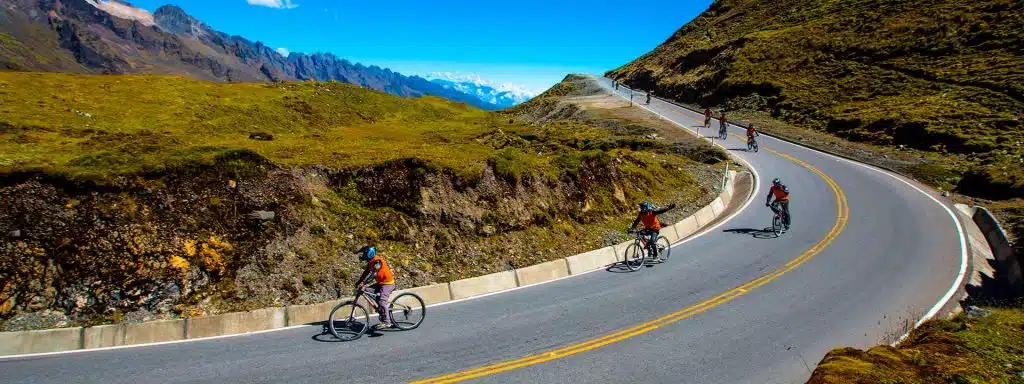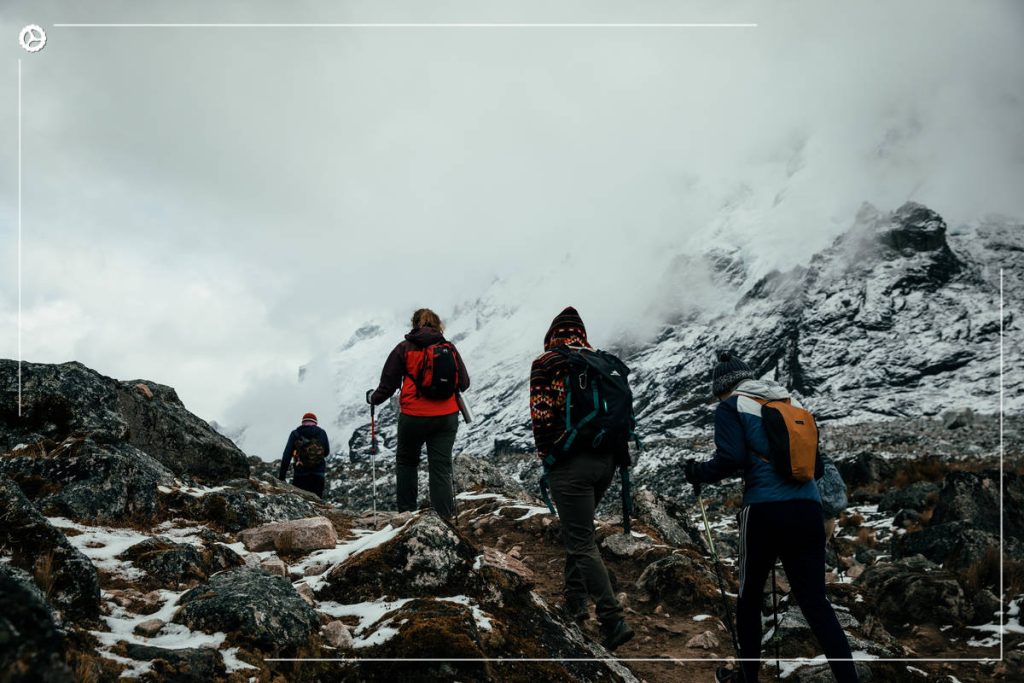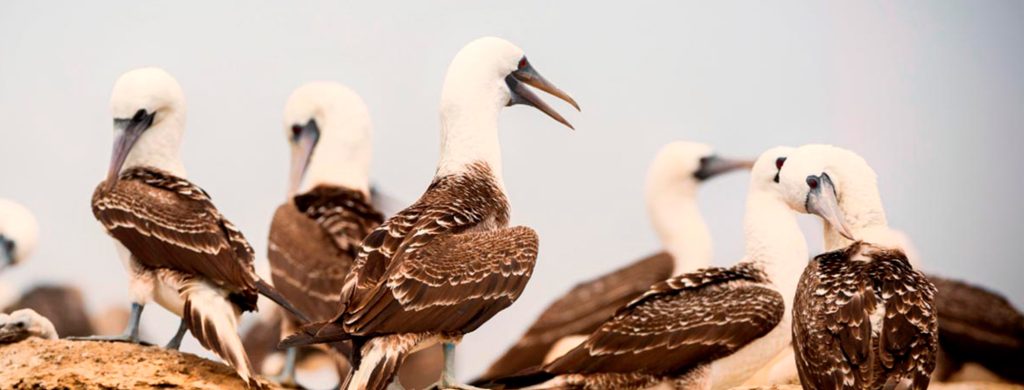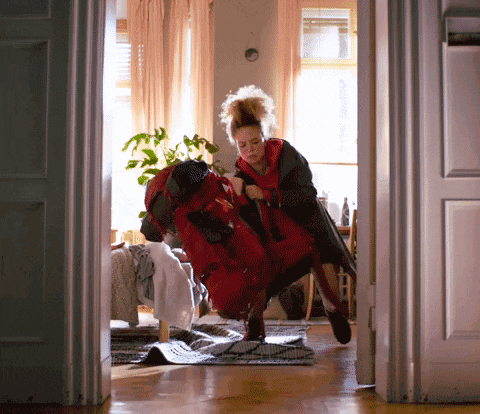What is the vicuña and why it matters
The vicuña is the finest wild camelid of the Andes. A relative of the alpaca and the guanaco, it lives in the high Andean puna and symbolizes responsible management. On high-altitude routes in Cusco and Arequipa it’s common to spot them from a distance; for bus travelers, the number of vicuñas can be striking. That wow factor demands watching without intrusion and buying only from legal sources.
Differences from alpaca and guanaco
- Vicuña: wild, slender body in light cinnamon, pale chest, thin neck, ultrafine fiber.
- Alpaca: domestic, wide range of colors, more compact body, fine fiber but not as extreme as vicuña.
- Guanaco: wild, more robust, reddish-brown tone, broad distribution in South America.
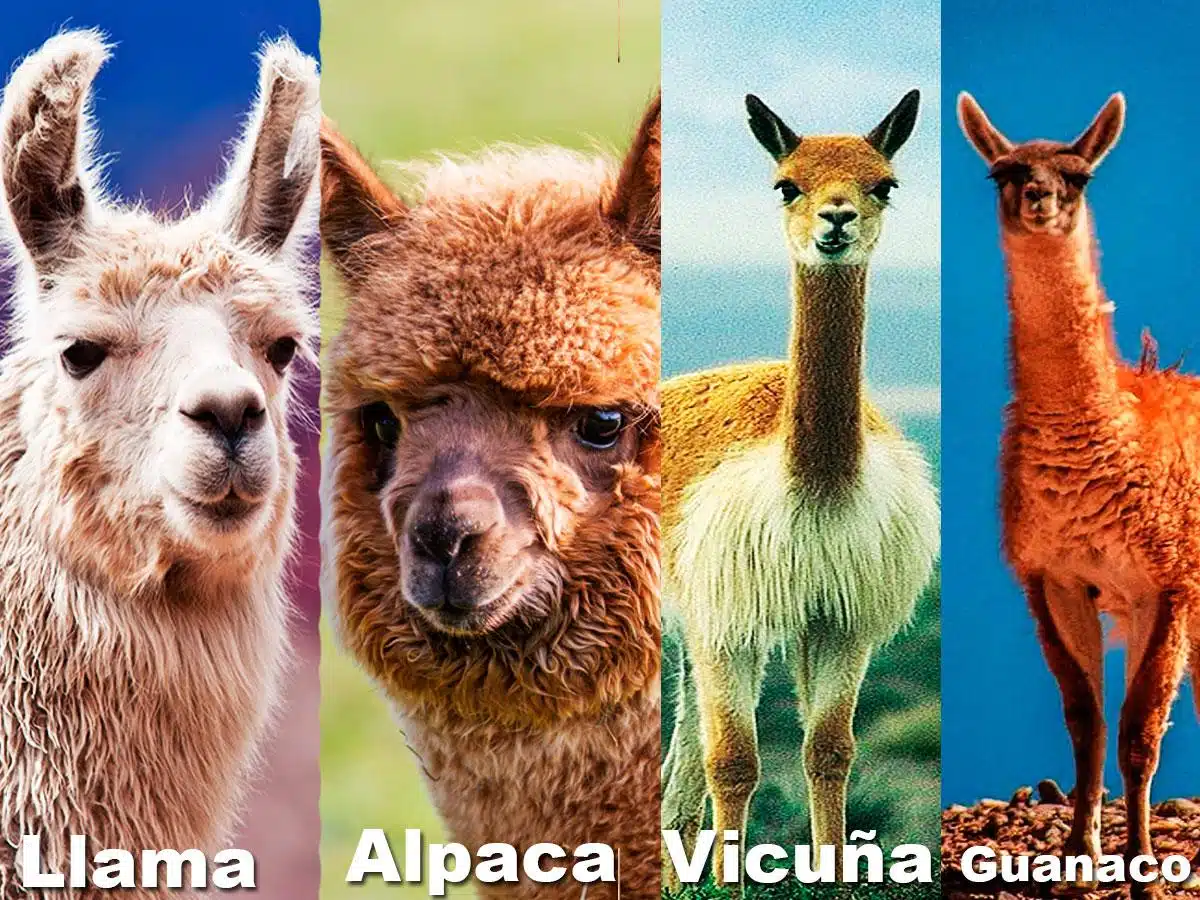
Andean habitat and typical altitude
It prefers the cold, dry puna, open grasslands, and wide horizons. The best way to watch is by keeping your distance, staying on the road, and going with local guides.
Visual cues to recognize it along the road
- Uniform cinnamon color with a paler chest and belly.
- Long, thin neck and elegant profile.
- Small groups with a vigilant female or male alert to the surroundings.
5 things you didn’t know about the vicuña
1) “White gold” fiber isn’t cut whenever you want
Vicuña fiber is so fine it’s known as “white gold”. It’s obtained during controlled, spaced-out captures to protect the animals. The result: limited supply and high prices. If someone offers “100% vicuña” at a bargain price, be skeptical.
Pro tip for buyers: demand certificates, traceability, and clear explanations of origin.
2) Seeing vicuñas from the road is normal… but it requires etiquette
On high routes in Cusco and Arequipa you can see groups at a distance. Avoid driving closer. Watch from the shoulder, keep the engine idling, and the volume low. Do not fly drones without permits.
- Simple rule: altitude + grasslands + quiet = higher chances.
- Use compact binoculars; respect the group’s natural flight distance.
3) Chaccu isn’t a show, it’s sustainable management
Chaccu is a traditional, controlled capture and shearing day coordinated by communities and authorities. Done right, it protects the species and generates local income. If you see disorder, sales without receipts, or “touch the animals” passes, walk away and report it.
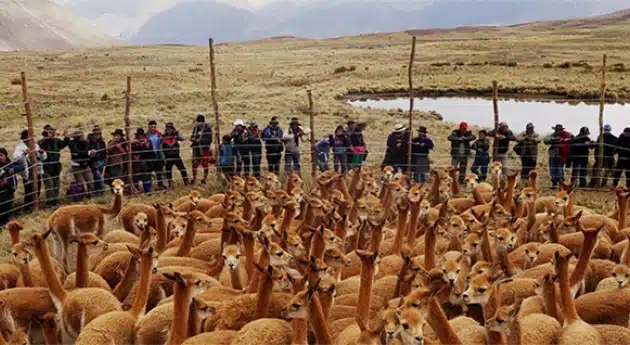
4) Recovery is a success story, not a shield
Vicuña populations have rebounded thanks to protection and management. Still, risks persist: poaching, illegal trade, and habitat fragmentation. Your immediate contribution: choose authorized tours, official entry points, and responsible consumption.
5) Micron count matters, but comfort depends on the knit
The technical appeal is the very low micron count. However, real comfort also depends on spinning, design, and finishing. A poorly knitted vicuña scarf can feel worse than a well-finished premium alpaca. Try it on skin and compare.
Practical guide for travelers
Routes and stretches with the most sightings
- High provinces of Cusco: high-elevation roads through puna landscapes; groups visible without detours.
- High zone of Arequipa: cold plains near the road; brief stops and keep your distance.
Field tip: if a sentinel stares at you, you’re already too close. Step back.
Best season, weather, and altitude health
- Bring layers and a windbreaker. Intense sun even in cold weather.
- Hydrate consistently. Avoid heavy meals before high-altitude stretches.
- If you feel altitude sickness, descend or consult your guide.
Responsible photography
- Mid-range to short telephoto lens. No on-foot chases.
- Morning or late-afternoon light for better texture.
- The best photo never justifies bad practice.
Commercial: vicuña fiber and products
How to buy legally and avoid fakes
- Traceability: the seller explains origin and shows documents.
- Transparency: clear label with composition and care.
- Price: legal fiber is scarce; “steals” are usually fake.
- Returns: visible and reasonable policy.
- Knowledge: the seller understands chaccu, micron count, and differences vs. alpaca.
Ranges and expectations
Vicuña fiber is an investment. It doesn’t compete with mass souvenirs. It requires careful maintenance and proper storage.
Ethical alternatives and comparisons
- Baby or royal alpaca: great softness and better price-to-quality ratio.
- Fine blends: alpaca + silk or fine merino with good spinning.
- Buy local from brands that explain their supply chain.
Transactional: bookings and experiences
Authorized chaccu tours and experiences
- Operators who work with communities and display visible permits.
- Avoid offers that promise direct interaction with animals.
- Read reviews that describe protocols and distance, not just “pretty photos.”
Tickets, permits, and logistics
- Confirm whether a ticket is required or if roadside viewpoints are enough.
- Ask about time at altitude, restrooms, and safe pull-outs for photos.
What to pack
- Thermal layers, hat, light gloves.
- Water, light snacks, and a trash bag.
- Binoculars and sunscreen.
Quick comparison: identify and choose well
| Aspect | Vicuña | Alpaca | Guanaco |
|---|---|---|---|
| Status | Wild | Domestic | Wild |
| Appearance | Light cinnamon, pale chest, slender neck | Varied colors, compact body | Reddish-brown, more robust |
| Fiber | Ultrafine, scarce | Fine, abundant | Coarser than vicuña |
| Observation | At a distance, in the puna | In farms or fields | Open areas |
| Purchase | Controlled, expensive, certifiable | Wide supply, varied prices | Uncommon in local retail |
Where to see vicuñas from the road: field tips
- Plan wide time windows:wildlife doesn’t follow rigid schedules.
- Rain and wind affect your comfort, not always sightings.
- In family groups, an alert sentinel means you should increase your distance.
“
Crossing highland areas of Cusco and Arequipa, I saw numerous groups without leaving the road. I didn’t pressure the driver and accepted the distance; the numbers impress more than any zoom.
”
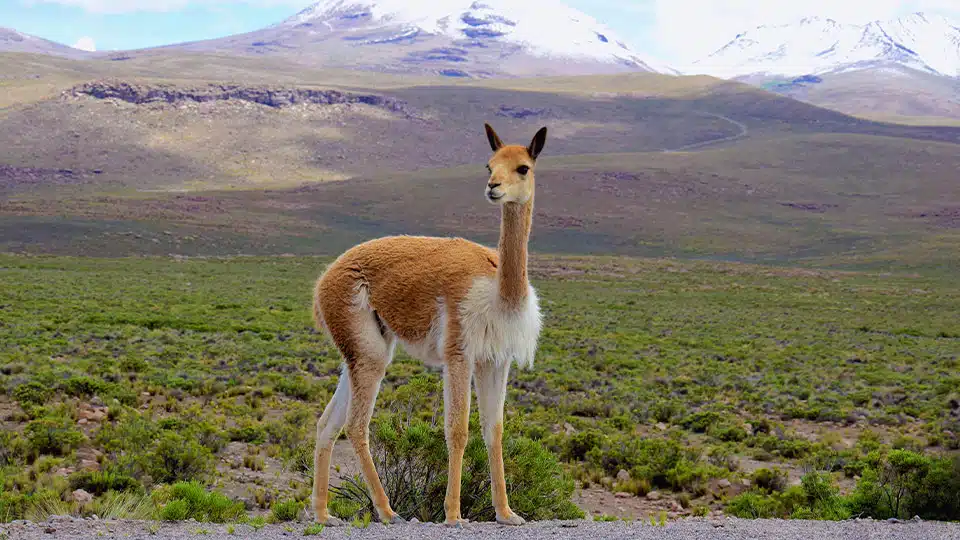
Culture, economy, and ethics of “white gold”
The vicuña is Andean identity, community knowledge, and an example of conservation that creates economic value. Responsible scarcity sustains its prestige. As a visitor and buyer, choose operators and stores that respect traceability and animal welfare.

